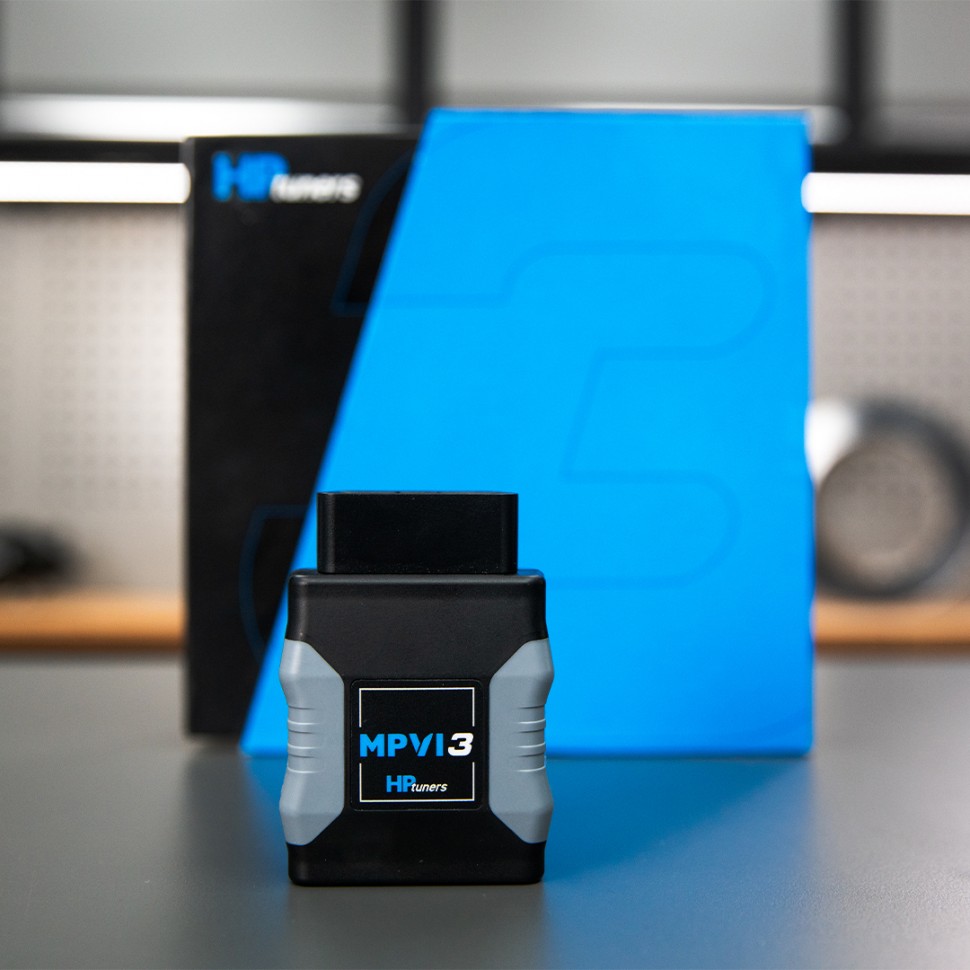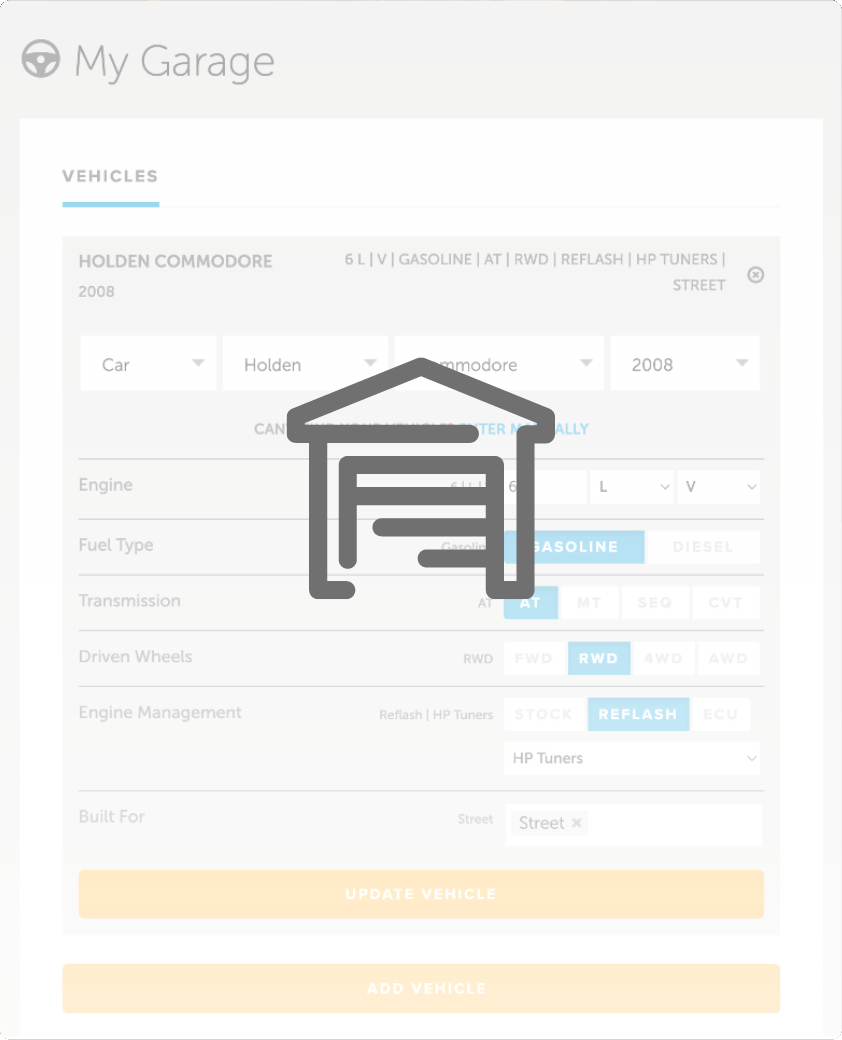| 00:00 |
The next step of our process, which in our case is going to be a very short one, is to get an understanding of what modifications have been performed.
|
| 00:08 |
The reason we need to understand this is, because the range of modifications that have been performed are then going to essentially guide us in the sort of changes that we're going to need to make to our calibration as we're building up our base file to flash into the ECU.
|
| 00:25 |
As we've already talked about in the introduction, in this case the car is almost completely stock.
|
| 00:31 |
I did say it is completely stock, however to be completely transparent, the two centre mufflers have actually been removed from the factory exhaust system.
|
| 00:40 |
Now, I really don't expect this to make much of a measurable change to our actual tune calibration, it's really just simply going to make the exhaust note a little bit louder.
|
| 00:51 |
On the other hand, if we'd fitted a full free flowing exhaust system and coupled it with some long tube headers, then that would have a more noticeable effect on the volumetric efficiency.
|
| 01:02 |
While we will keep in mind as we go through this worked example that the mufflers have been removed, yes there might be a small reduction in back pressure as a result and hence a small improvement in volumetric efficiency, I'm really not expecting our calibration here to be sort of too far away from stock.
|
| 01:21 |
If on the other hand we've added forced induction or maybe a more aggressive cam, then obviously this is a much more dramatic change to the engine's base configuration and in turn that's of course going to require some more elaborate changes to the calibration changes we'll make for our base stock file.
|
| 01:40 |
So, in this case we've really got no work to do here, no real changes so we don't need to worry about that.
|
| 01:46 |
Another consideration we do want to keep in mind at this point is the type of fuel that the car is running on.
|
| 01:52 |
The fuel quality and more specifically the octane is going to have a big effect on the amount of ignition timing we're able to use.
|
| 01:59 |
And particularly if the engine is being run on a very poor grade low octane fuel in our country here, maybe 91 or 95 octane, then this is going to make it very difficult for us to get the sort of timing into the engine that it is capable of taking on a higher octane fuel.
|
| 02:18 |
In turn this is going to result in most likely a lot of activity from the knock control system and in order to correct that we'd need to retard our timing dramatically.
|
| 02:27 |
So, understanding the fuel that we're running on, the octane of the fuel that we're running on, that's going to really drive the timing tables as we go through and calibrate those.
|
| 02:37 |
Of course, if it's your own car then it's going to be pretty easy to understand the sort of modifications that you've personally performed on it.
|
| 02:45 |
But if you're running professionally for customers, it can be much more tricky to actually get a full list of the modifications that have been performed.
|
| 02:52 |
And generally a good place to start is at least a thorough inspection of the engine bay and the underside looking for any modifications that may be present.
|
| 03:01 |
Now, that we know in our case we've really got nothing to consider here, let's move on to the next step of our process.
|





